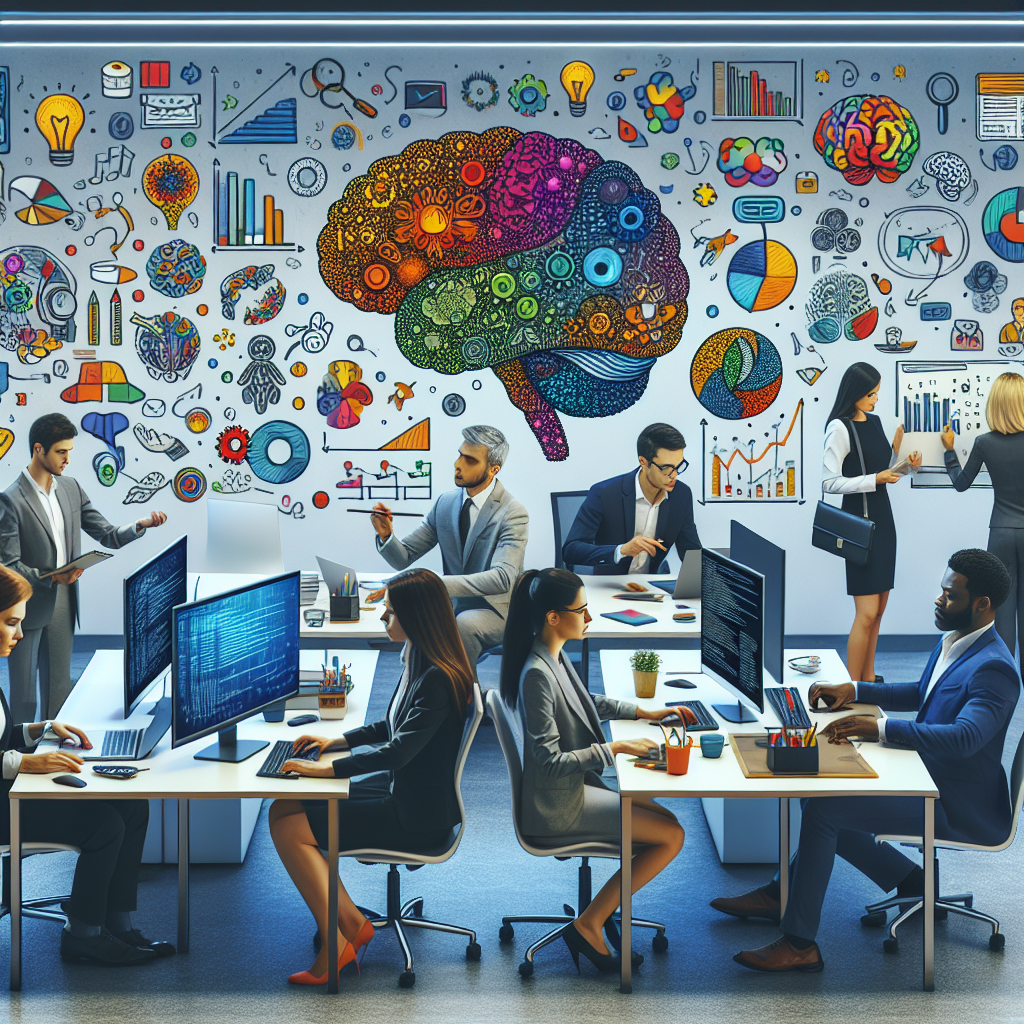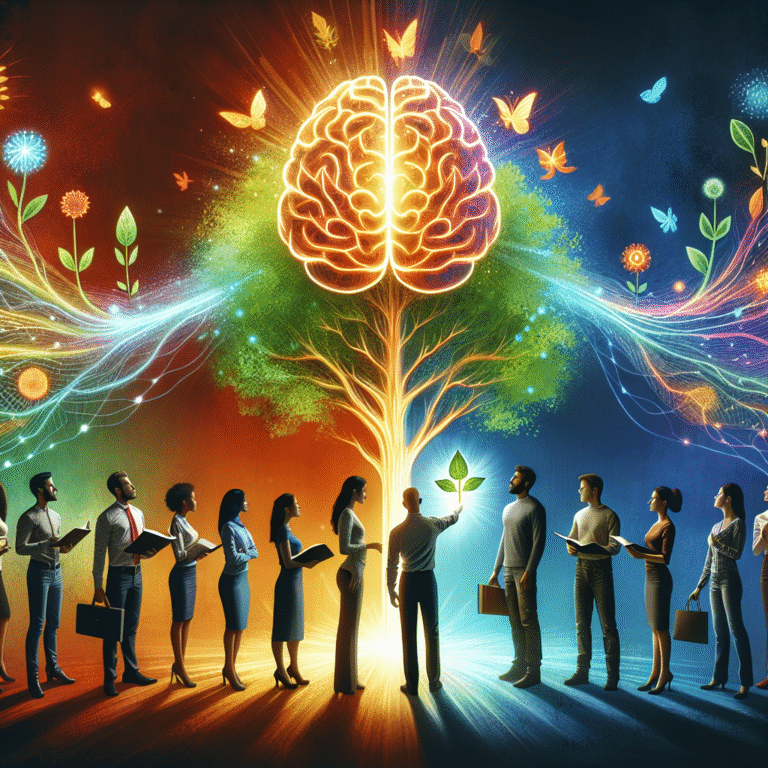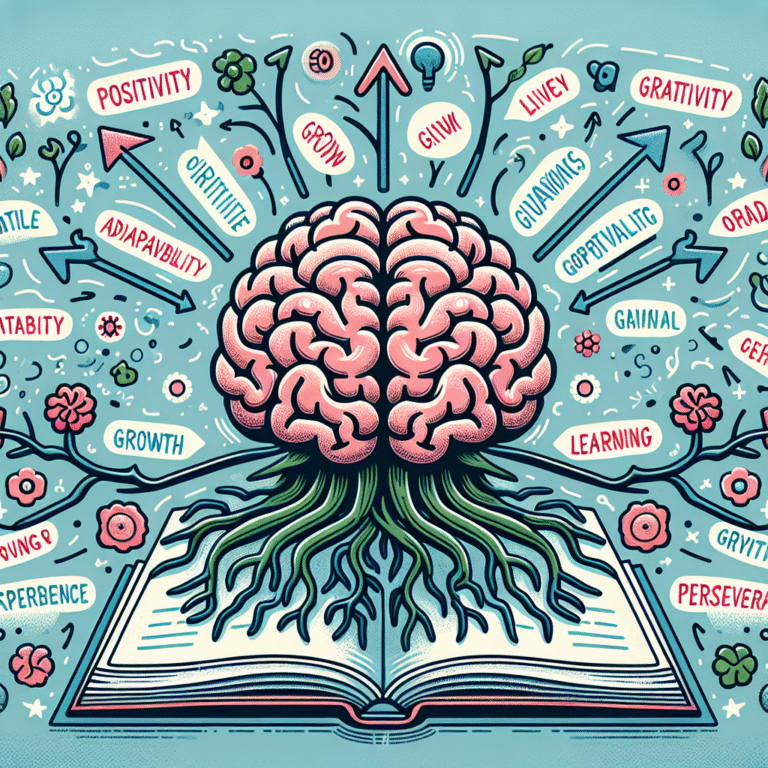
Introduction
In an ever-evolving workplace landscape, traditional measures of intelligence and talent are becoming increasingly inadequate. With the rise of diverse workforces and rapidly changing market demands, businesses must adapt to harness the unique abilities of their employees. Enter the theory of Multiple Intelligences in the Workplace: Redefining Talent and Skills, a transformative approach that provides organizations with the tools they need to understand and utilize the full spectrum of human abilities.
Imagine a workplace where everyone’s strengths are nurtured, leading to enhanced creativity, improved collaboration, and increased productivity. This isn’t a distant dream; it’s a potential reality when organizations embrace the concept of multiple intelligences. In this article, we will explore the significance of this approach, its practical applications, and provide actionable insights to help organizations thrive in the modern era.
Understanding Multiple Intelligences
The concept of multiple intelligences was introduced by Howard Gardner in 1983. Gardner identified eight distinct types of intelligences, each representing different ways of processing information. These include:
- Linguistic Intelligence: Sensitivity to spoken and written language.
- Logical-Mathematical Intelligence: Ability to analyze problems logically.
- Spatial Intelligence: Capacity to think in three dimensions.
- Musical Intelligence: Skill in performance, composition, and appreciation of musical patterns.
- Bodily-Kinesthetic Intelligence: Ability to control bodily movements and handle objects skillfully.
- Interpersonal Intelligence: Sensitivity to the emotions and motivations of others.
- Intrapersonal Intelligence: Capacity for self-reflection and understanding of one’s emotions.
- Naturalist Intelligence: Ability to recognize and categorize flora and fauna.
Incorporating Gardner’s framework into the workplace allows organizations to rethink how they approach talent and skills. Instead of relying solely on standardized tests or conventional metrics, businesses can adopt a more holistic outlook that emphasizes the unique strengths of each individual.
The Relevance of Multiple Intelligences in the Workplace
A Paradigm Shift in Talent Management
Traditionally, talent management has heavily relied on cognitive abilities, often overlooking the diverse skill sets employees may possess. Multiple Intelligences in the Workplace: Redefining Talent and Skills encourages organizations to recognize and value varied intelligences, allowing them to construct teams that leverage these differences for greater innovation.
Case Study: Tech Company Embracing Diverse Intelligences
A prominent tech company, XYZ Innovations, implemented an internal assessment program that evaluates employees based on all eight types of intelligences, rather than just technical skills. By using such an inclusive framework, they identified employees who excel in interpersonal intelligence, allowing them to lead cross-functional teams effectively. This strategy not only improved project execution but also fostered a more collaborative environment.
Analysis:
XYZ Innovations’ case exemplifies how understanding and cultivating different intelligences can lead to better team dynamics and overall workplace satisfaction.
Enhancing Employee Engagement and Retention
Employees who feel that their unique talents are acknowledged and appreciated are more likely to be engaged and committed to their organization. By utilizing Multiple Intelligences in the Workplace: Redefining Talent and Skills, businesses can create personalized career development paths, boosting employee morale and reducing turnover.
Case Study: A Retail Giant’s Employee Development Program
ABC Retail conducted a study revealing that their employees felt undervalued due to a lack of recognition for their non-traditional skills. They revamped their employee development program to focus on all types of intelligences, leading to customized training sessions. As a result, the company witnessed a 30% decrease in turnover over the next year.
Analysis:
This change not only improved employee retention but also fostered loyalty and brand ambassadorship. Employees who feel valued often go above and beyond their regular duties, benefiting the organization significantly.
Implementing Multiple Intelligences in the Workplace
Assessing Employee Strengths
Implementing a multiple intelligences framework requires organizations to first assess the various strengths of their employees. Conducting workshops, surveys, and interactive exercises can provide valuable insights, helping managers understand the predominant intelligences present in their teams.
Designing Tailored Training Programs
Once organizations have a clear understanding of their employees’ intelligences, they can create tailored training programs that cater to those unique strengths. For example, while logical-mathematical individuals may excel in data analysis, those with interpersonal intelligence might thrive in roles involving client relations.
Fostering a Supportive Culture
A supportive workplace culture is crucial for the success of this initiative. Encouraging open communication and collaboration among employees of different intelligence types fosters an environment where individuals feel comfortable expressing their skills and abilities.
Case Study: A Marketing Agency’s Collaborative Culture
DEF Marketing Agency fostered an inclusive company culture where employees were encouraged to collaborate across intelligence boundaries. This led to creative campaigns that combined different skill sets, resulting in a rise in client satisfaction scores by over 40%.
Analysis:
DEF’s approach highlights the importance of a supportive culture in maximizing the benefits of multiple intelligences, demonstrating that true collaboration can lead to outstanding results.
Measuring Success: Metrics and KPIs
To gauge the effectiveness of implementing Multiple Intelligences in the Workplace: Redefining Talent and Skills, organizations should develop specific metrics and KPIs. Some potential measures could include:
| Metric | Description |
|---|---|
| Employee Satisfaction | Survey results measuring employees’ engagement and fulfillment. |
| Project Completion Rates | Tracking the percentage of projects completed on time and within budget. |
| Retention Rates | Monitoring employee turnover before and after implementing the framework. |
| Innovation Metrics | Number of new ideas or initiatives generated, or improvements made in existing processes. |
By establishing clear metrics, organizations can quantitatively assess the impact of accommodating various intelligences in their workforce.
Conclusion
Multiple Intelligences in the Workplace: Redefining Talent and Skills is not just a theoretical framework; it is a practical approach that empowers businesses to unlock the full potential of their workforce. By recognizing and cultivating diverse intelligences, organizations can create innovative, engaged, and collaborative teams capable of navigating the complexities of modern work environments.
As we embrace this paradigm shift, it is essential for leaders to champion inclusivity, supporting employees of all intelligences. The result? A thriving workplace where talent knows no limits, and success becomes a collective achievement.
FAQs
1. How can organizations start implementing multiple intelligences in the workplace?
Organizations can begin by assessing their employees’ strengths through surveys or workshops, then develop tailored training programs that cater to those unique intelligences.
2. What are the benefits of recognizing multiple intelligences in employees?
Recognizing multiple intelligences can lead to improved employee engagement, reduced turnover rates, increased innovation, and more effective team collaboration.
3. Can multiple intelligences be developed over time?
Yes, individuals can enhance their intelligences through experience, training, and exposure to different roles and challenges.
4. How do I assess different types of intelligences in my team?
Consider using tools such as self-assessment questionnaires, peer feedback, or professional assessments designed specifically for evaluating multiple intelligences.
5. Are there industries that benefit more from multiple intelligences than others?
While all industries can benefit, creative fields, customer service sectors, and collaborative environments may see particularly significant advantages from recognizing diverse intelligences.
By embracing Multiple Intelligences in the Workplace: Redefining Talent and Skills, organizations position themselves not just to survive but to thrive in today’s competitive environment. It’s time to champion the unique gifts each individual brings to the table, paving the way for a more inclusive, innovative, and successful workplace.















